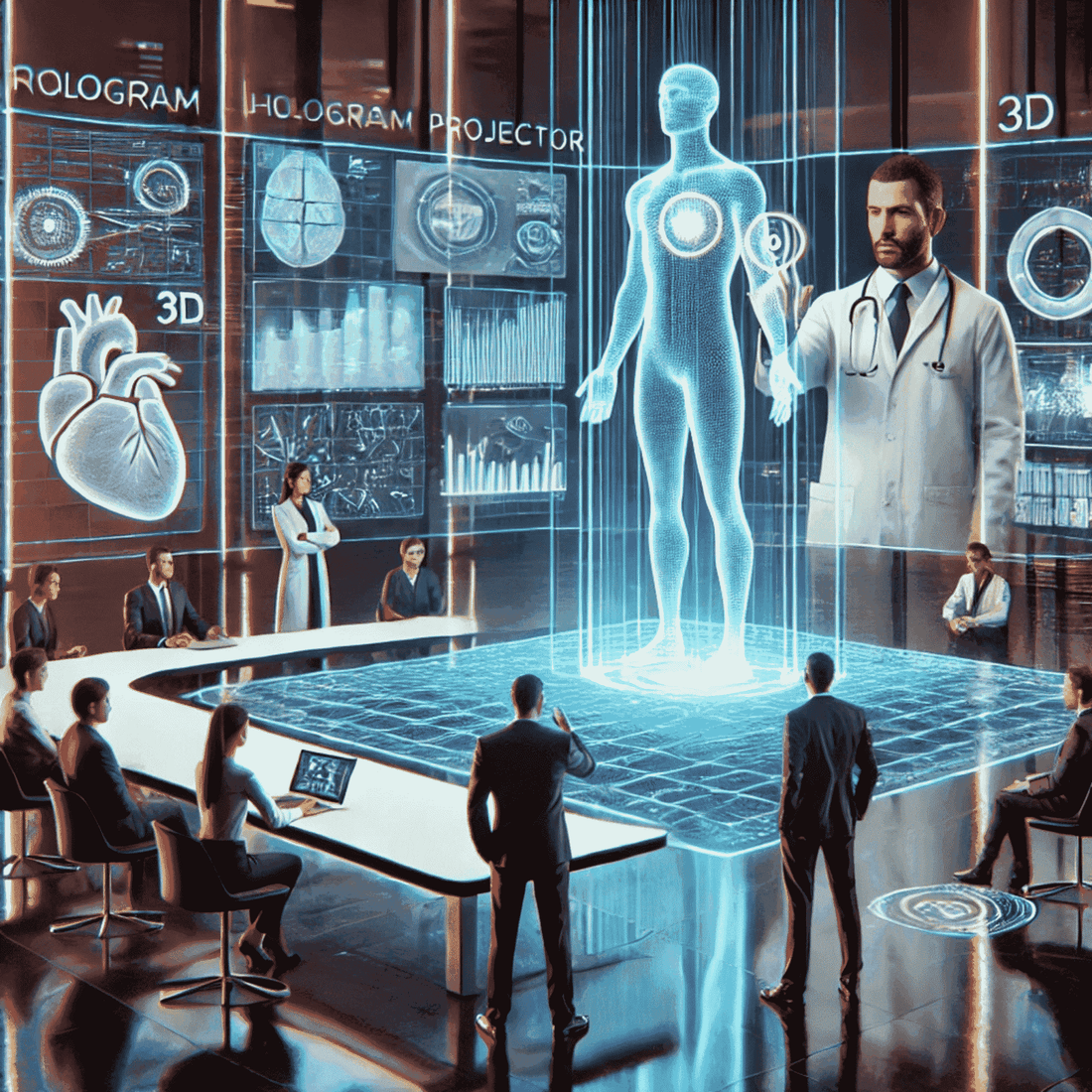The rise of hologram projectors is reshaping how we interact with digital content across various fields. This report synthesizes findings from ten studies in medical education, surgical planning, entertainment, and public displays, highlighting key factors that affect user experience.
Image Quality: A Critical Factor
Image quality is crucial for user satisfaction. Resolution, color accuracy, and depth perception are the most influential factors:
- Resolution:
The clarity of holograms is directly linked to their resolution. Higher resolution projectors deliver sharper images, allowing users to engage with the content more effectively. Whether it’s viewing intricate anatomical details in medical simulations or appreciating the fine details in an entertainment display, high resolution is crucial for an immersive experience.
- Color Accuracy:
Accurate color reproduction is vital for creating realistic and believable holograms. For instance, in the medical field, color accuracy ensures that medical professionals can view organs and tissues as they appear in the human body, making diagnosis and surgery planning more precise.
- Depth Perception:
One of the most striking features of holograms is their ability to appear three-dimensional. Depth perception allows users to view holographic content from various angles, adding a layer of realism that flat 2D images or projections cannot offer. This is especially important in sectors like medical education and product design, where a realistic view of an object can lead to better understanding and decision-making.
Interaction Methods: Professional vs. Consumer Needs
User interaction with hologram projectors differs based on how professionals and consumers interact with digital content.
- Professional use, like in medical education, demands precision and integration into workflows.
- Consumer applications require simple, intuitive controls, such as gesture controls for easy navigation.
Key Elements of Successful Holograms
Successful hologram projector implementations share key features:
- Clear image quality: Whether for professional or consumer use, high-quality imagery is essential. Projectors that offer clear, detailed, and realistic holograms ensure that users can fully engage with the content.
- Interactive features: The ability to interact with holographic content is a defining factor of hologram projectors. Whether it's rotating an object in 3D space or manipulating a model for analysis, interactive features enhance the overall user experience.
- User-friendly controls: Intuitive controls make a significant difference in how users perceive and use holographic technology. In consumer applications, simplicity is key—users should be able to start using the device without complex setups or instructions.
These ensure engaging experiences, whether for professionals or consumers.
Innaya’s Contribution to Hologram Technology
Innaya is pioneering the use of hologram projectors, offering products that cater to both advanced professional needsand consumer simplicity. By combining high-resolution images and easy-to-use controls, Innaya is making holographic technology more accessible, whether for medical training or entertainment applications.
Conclusion: Maximizing Hologram Impact
Understanding the factors that influence user perception and usability is essential for effective hologram projector use. Innaya is leading the way in offering innovative solutions that meet the needs of both professionals and consumers. Embrace the future of holograms today!


